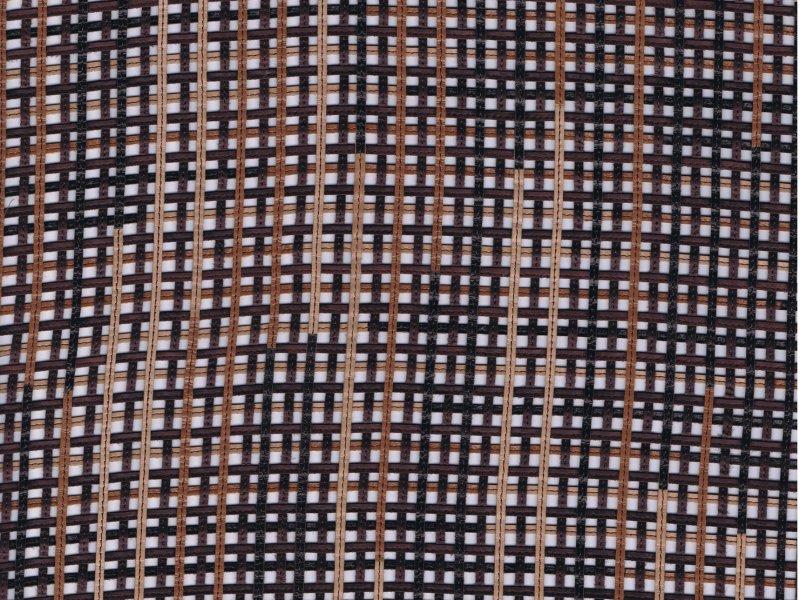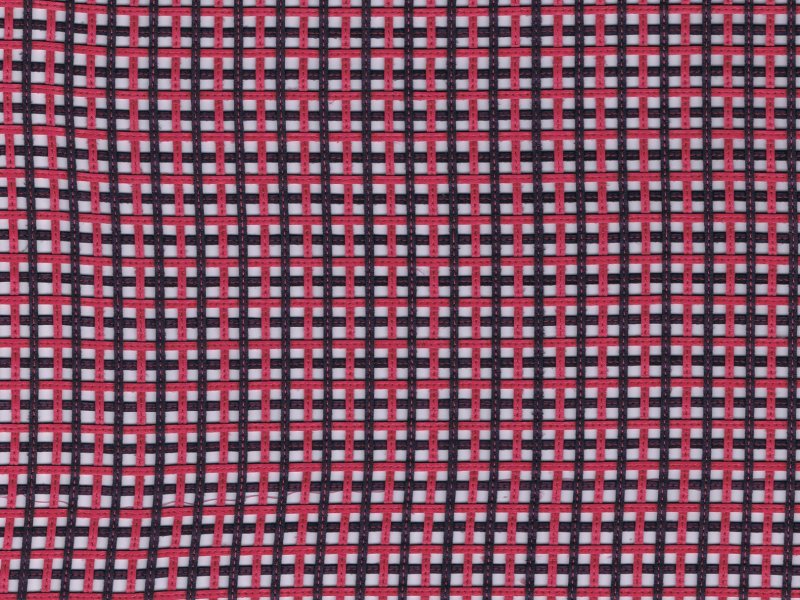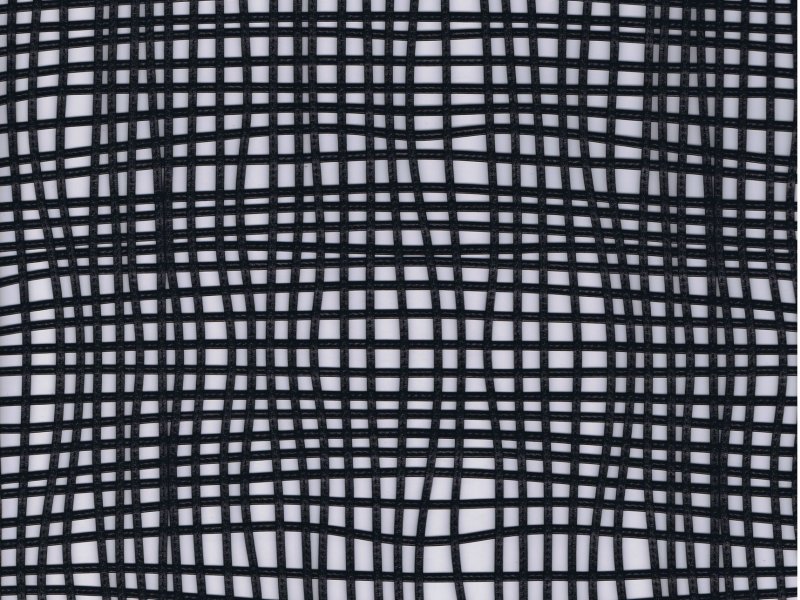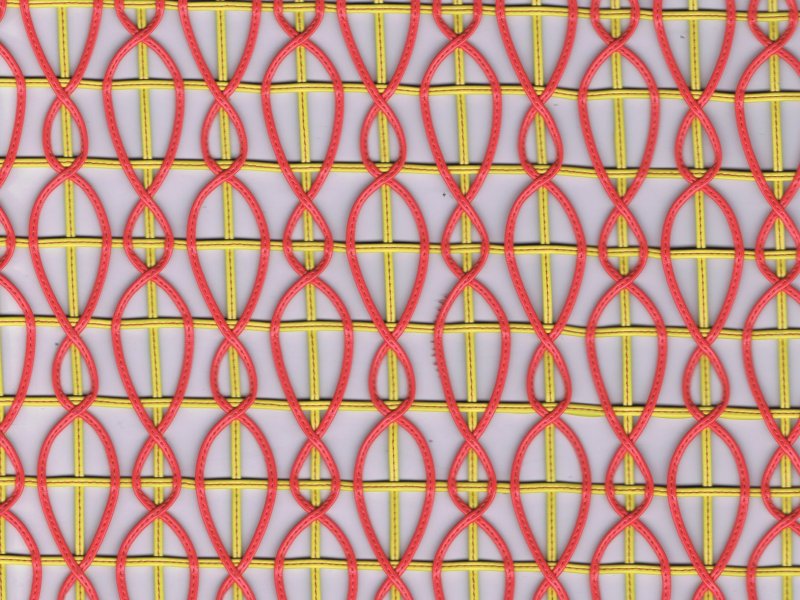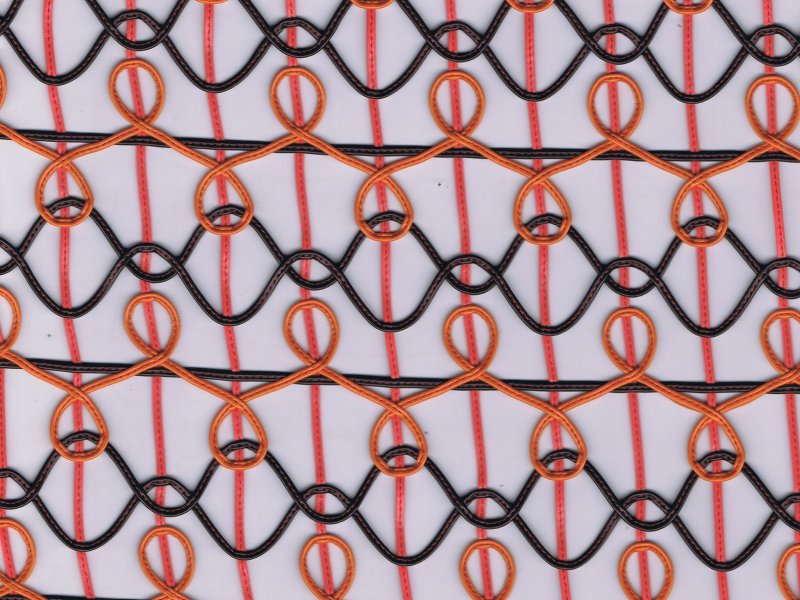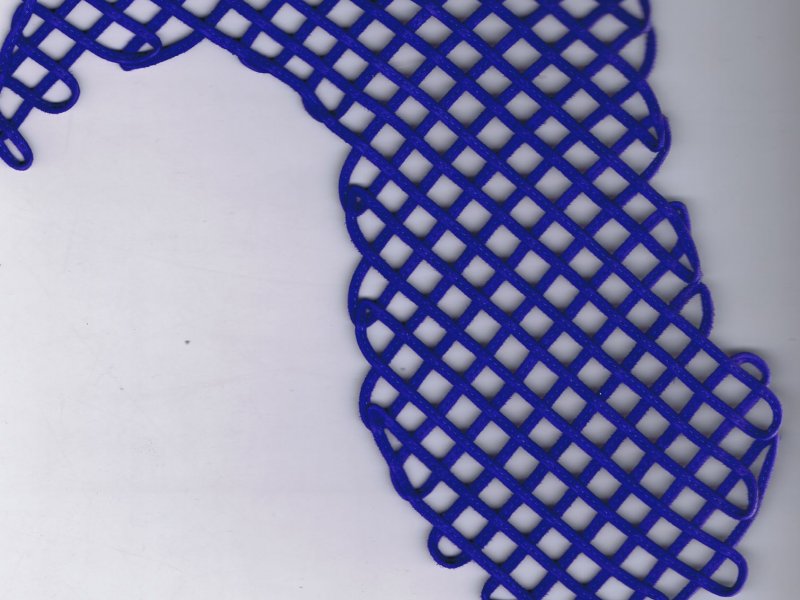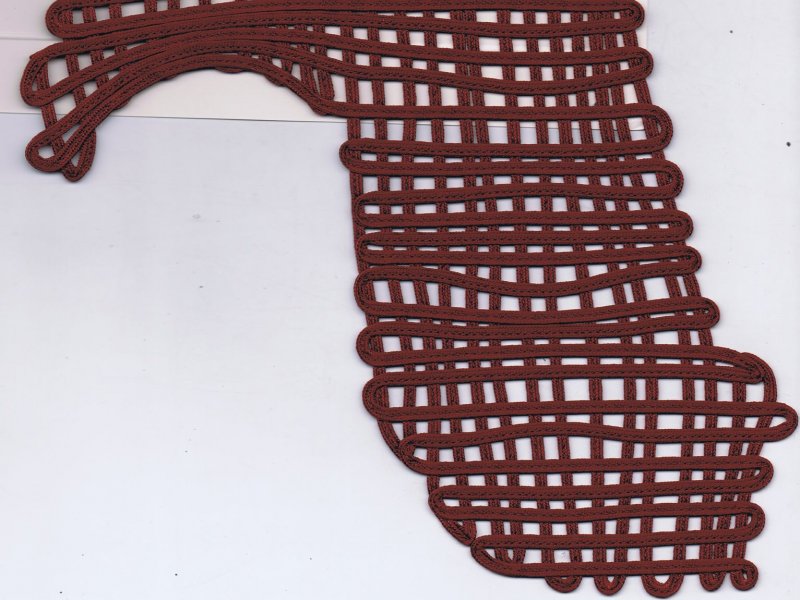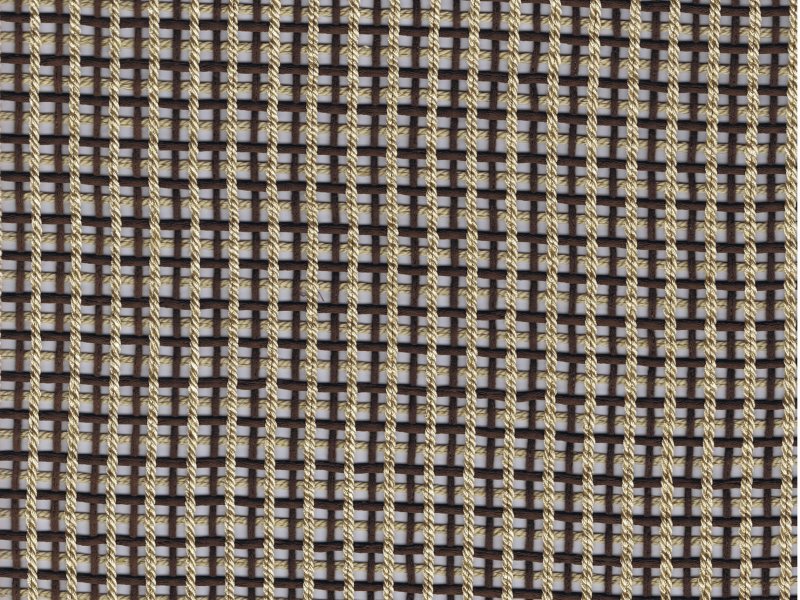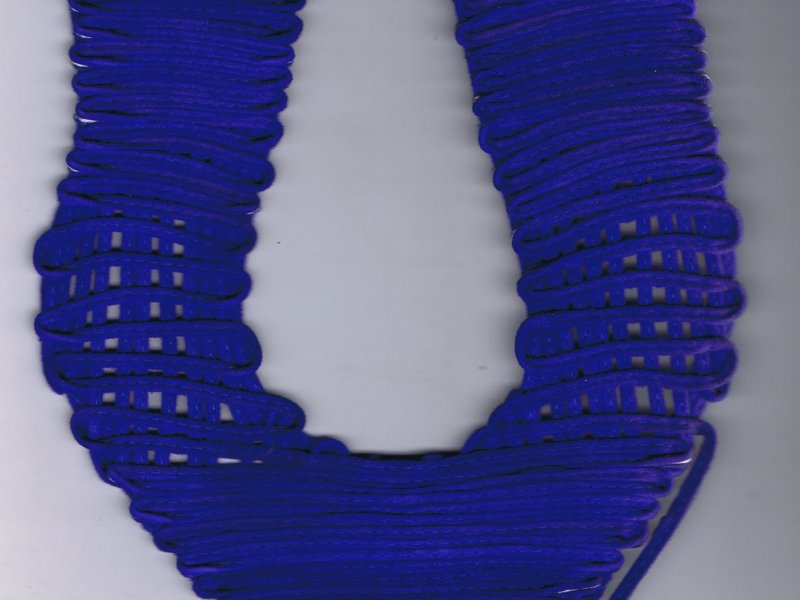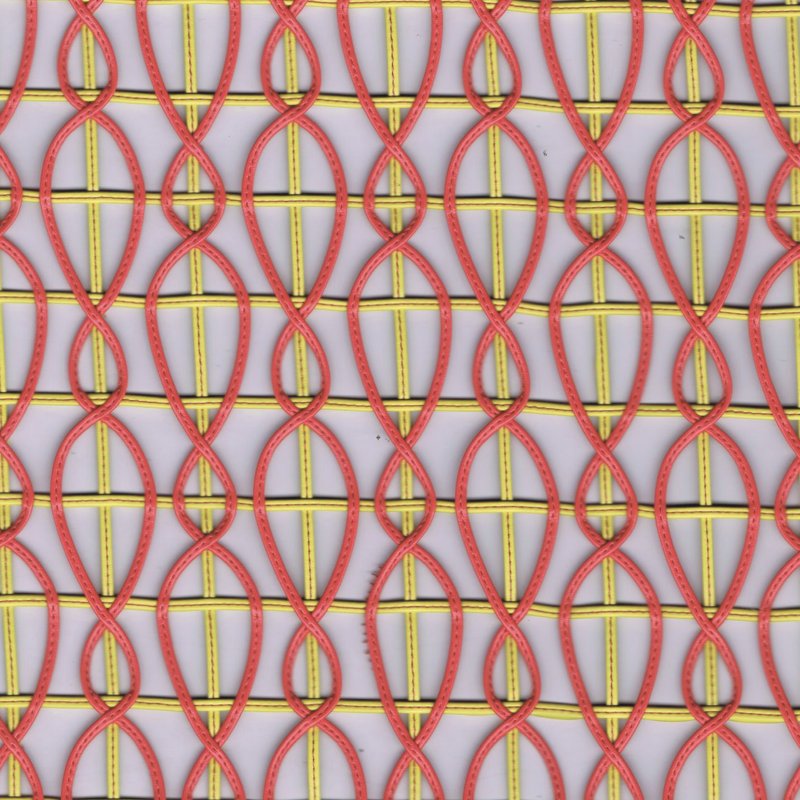
INTERWEAVING
The weaving process performed by embroidery manufacturers in the fashion industry involves the creation of three-dimensional designs or motifs by crossing different threads or materials. This process requires craft skills and can be carried out manually or using specialised machines. Here is a general explanation of what takes place during weaving:
1. Designing the Pattern:
Designers create a detailed drawing that specifies the pattern or design of the weave. Designers create a detailed design that specifies the pattern or design of the weave. This may include the use of threads, webbing, ribbons, trimmings, mignons of different colours or materials.
2. Choice of Materials:
The appropriate threads or materials are selected according to the design. Yarns, ribbons and webbing of different textures, colours and materials can be used, such as cotton, silk, leather, synthetics or even metal threads, for a decorative touch.
3. Fabric Preparation:
The fabric on which the details are to be applied is prepared and secured with products or framed to facilitate the process.
4. Execution of the Weave:
Manual: If the weaving is done manually, embroiderers follow the design and weave the threads onto the surface of the fabric according to the desired pattern. This may involve various techniques, such as chain weave or woven stitch embroidery.
Embroidery Machines: Some embroidery mills use specialised machines designed to perform complex weaves more quickly and efficiently.
5. Fixing and Finishing:
The woven threads are fixed to the fabric by stitching or other fixing methods, ensuring the stability of the design.
The fabric may be subjected to finishing processes, such as ironing, to ensure that the weave is well defined and the fabric is smooth.
6. Quality Control:
Each piece is carefully checked to ensure that the weave is properly executed and that there are no defects.
7. Packaging and Delivery:
Once the quality control is completed, the embroidered pieces are packed and delivered to the customer.
Weaving can add unique textures and details to garments, leather goods and accessories in the fashion industry, adding a distinctive, handcrafted touch.
